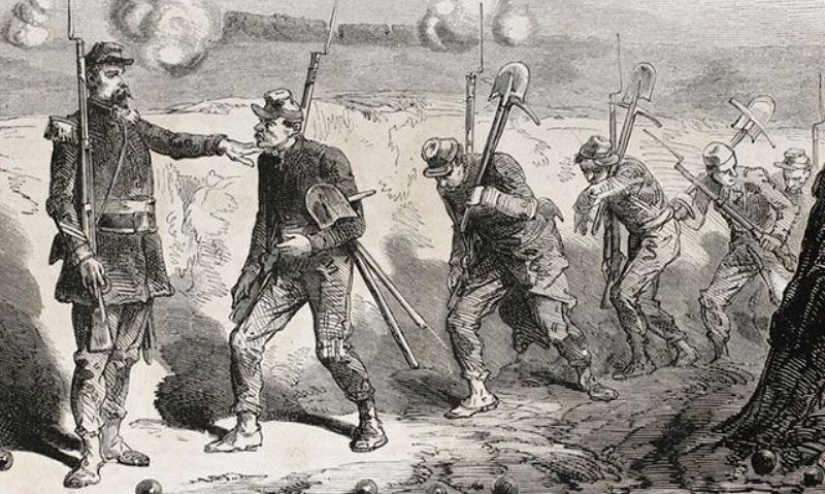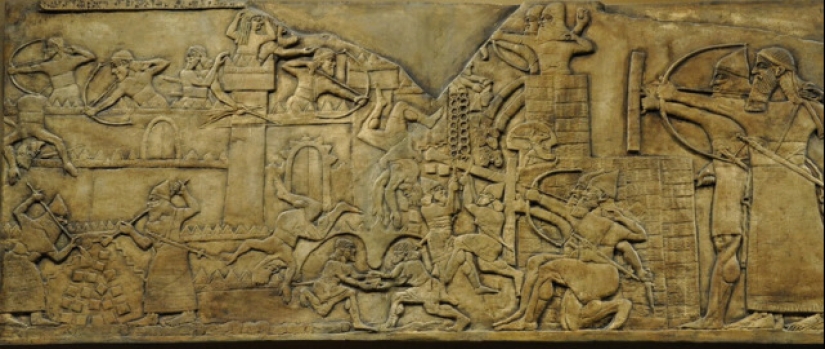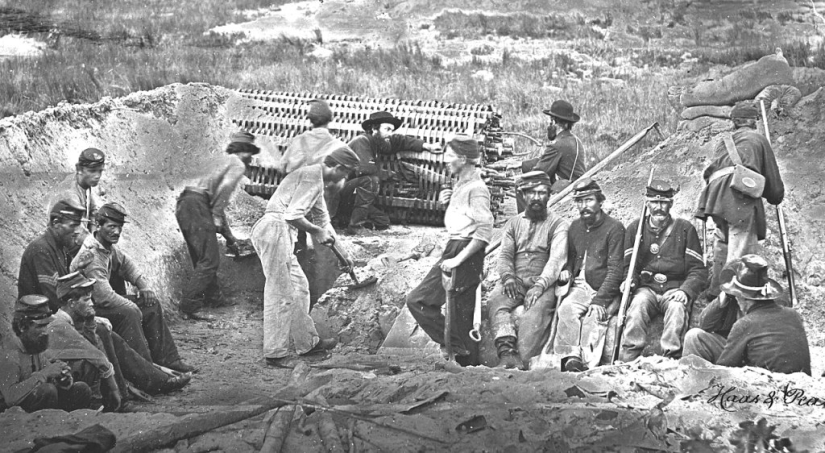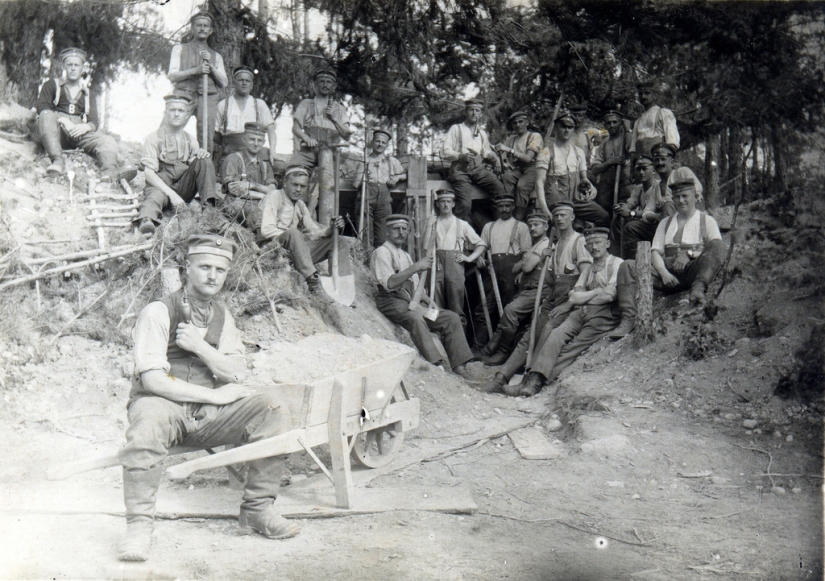How did the expression “on the quiet” come about and what connects it with the military?
Categories: History
By Pictolic https://mail.pictolic.com/article/how-did-the-expression-on-the-quiet-come-about-and-what-connects-it-with-the-military.htmlThe expression "quietly sapoi" is familiar to many, but few people think about where it came from and why it has become so firmly established in the Russian language. This phrase sounds easy and even a little funny, but there is an amazing story behind it. It is connected with military affairs, cunning and even the disappearance of an entire profession.
Let's figure out how this expression came about, why it can be confused with "quietly snoring" and why it suddenly lost its original meaning.

Today, we use the phrase "on the quiet" to describe something that is done quietly, gradually, and slyly. For example, someone might "on the quiet" advance up the career ladder or quietly gain the trust of others. But the expression originally had a very different, much more specific meaning, and its roots go back to the military past.

Interestingly, because of the similarity of the words "sapa" and "sopya", some people think that "tihoy sapoy" means "quietly snoring", that is, to act with bated breath so as not to give oneself away. Although this association seems logical, it is wrong - the real history of the phrase is much more fascinating and has to do with military tactics.
In fact, it all started with the military term "sapper". In the 18th and 19th centuries, this was the name given to an underground passage dug by soldiers to secretly approach an enemy fortress. It was a real science that required skill and patience. Sappers - special military engineers - dug these tunnels to quietly approach the fortress walls, plant explosives or collapse the enemy's fortifications.

The sapa served various purposes. It was dug for the unexpected transfer of fighters to enemy positions or even to the rear. In addition, the tunnel was often used for mining and undermining fortifications during sieges of fortresses. The use of saps began a long time ago - in the Ancient World. They were most widespread from the 16th to the beginning of the 20th century. Underground passages were actively used during the First World War.
In military art, two types of sap work were distinguished: flying (open) sap and throw-over (silent, covert). Flying sap looked like an open trench and was protected from enemy eyes and the bullets of the diggers by an embankment or portable barrier created during the work. Throw-over or silent sap was essentially an underground passage, when the work started from a pit or trench and was carried out without going to the surface.

During silent sapping, work was carried out in complete secrecy, usually at night. Sappers had to maintain absolute silence: no sound of a shovel on a stone, no creaking of wooden fastenings. The earth was carried out in sacks so as not to leave traces. Even breathing had to be careful - the sound could be carried by the wind to enemy posts.
The word "sapa" came to the Russian language from French. In the original, it looks like sape - "trench, undermining". But the French also borrowed it - they took it from the Italian language, where zappa means "spade, hoe". Interestingly, the word "sapper" - a serviceman of the engineering troops - also came to us from the French language.

It was sappers who were engaged in the creation of sapps since the 17th century. Most often, they quietly dug tunnels and brought barrels of gunpowder there. The enemy listened, trying to catch the sounds of underground work. In the Russian language, the word "sapper" appeared only at the beginning of the 19th century. Today, this technology is outdated and is almost never used. Firstly, fortresses are no longer besieged. Secondly, powerful and accurate artillery and missile weapons have appeared, which cause damage to fortifications without unnecessary time and effort.
Often in conversations or texts you can come across the variant "tihim sapom", and this causes controversy: which is correct? In fact, the normative and historically correct variant is "tikhoy sapoy". The word "sapa" in Russian is feminine, so the adjective "tikhoy" agrees with it in the instrumental case. This is how the phrase became established in the language, reflecting its origin from a military term.

The variant "tihim sapom" is less common and is considered colloquial or erroneous. It may arise due to confusion with other expressions or because the word "sap" (masculine) is sometimes associated with shoes or sound. But in the context of the phraseological unit, it is more correct to say and write "tikhoy sapoy" in order to maintain a connection with the historical meaning.
The expression "quietly sapping" is not just a funny phrase, but a piece of history that still lives in our speech. It reminds us of the times when military sappers changed the course of battles, acting secretly and intelligently. Although the tunnels themselves have disappeared, their spirit - the ability to achieve a goal unnoticed and patiently - remains relevant. And the erroneous "quietly snoring" only adds charm to this phrase, bringing it closer to the people.

How do you use the expression "on the quiet" in your life? Maybe you have stories where you had to act unnoticed to achieve success? Share in the comments - it would be interesting to know!
Recent articles

Many are sure that after the death of a person, gold crowns remain to his relatives. The journalists of the Grunde online ...

All girls want to be beautiful! Especially before the New Year holidays. That's why there are queues at beauty salons these days. ...

Among the Russian who migrated to the North, there existed legends about the mysterious people of the white-eyed Chud, who was ...